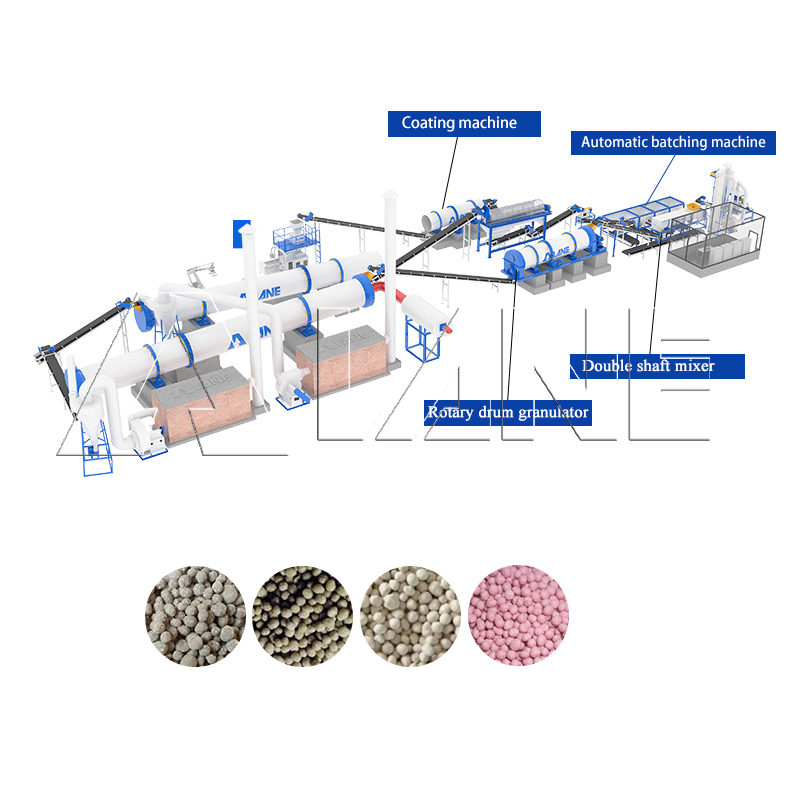
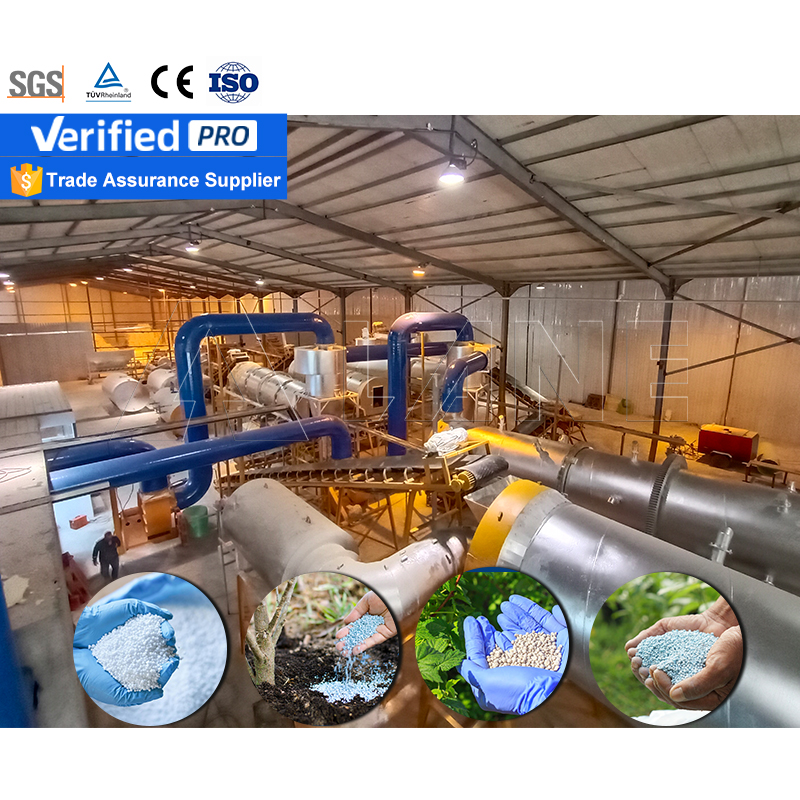
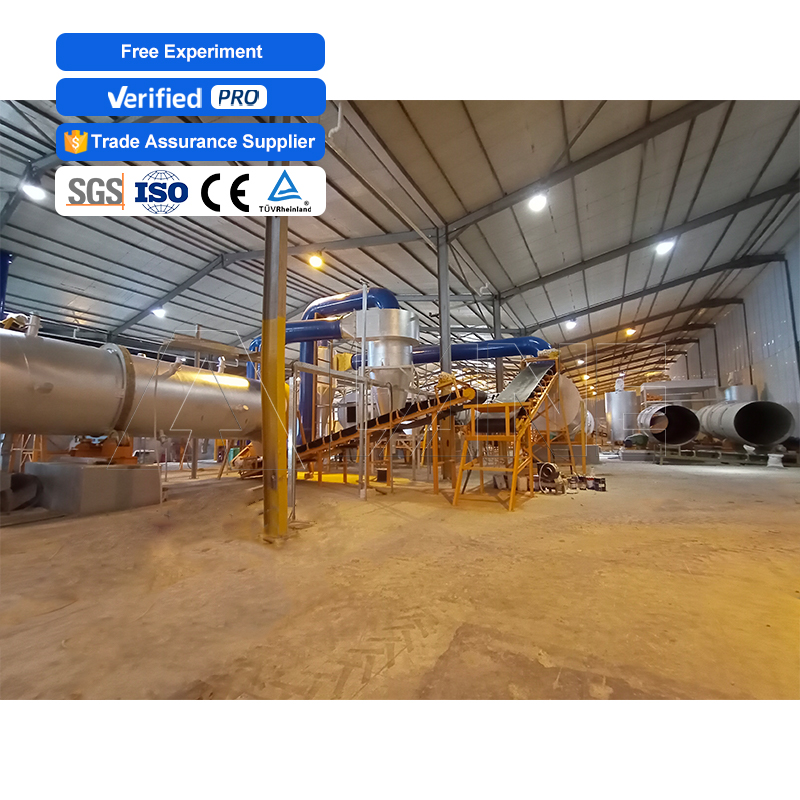
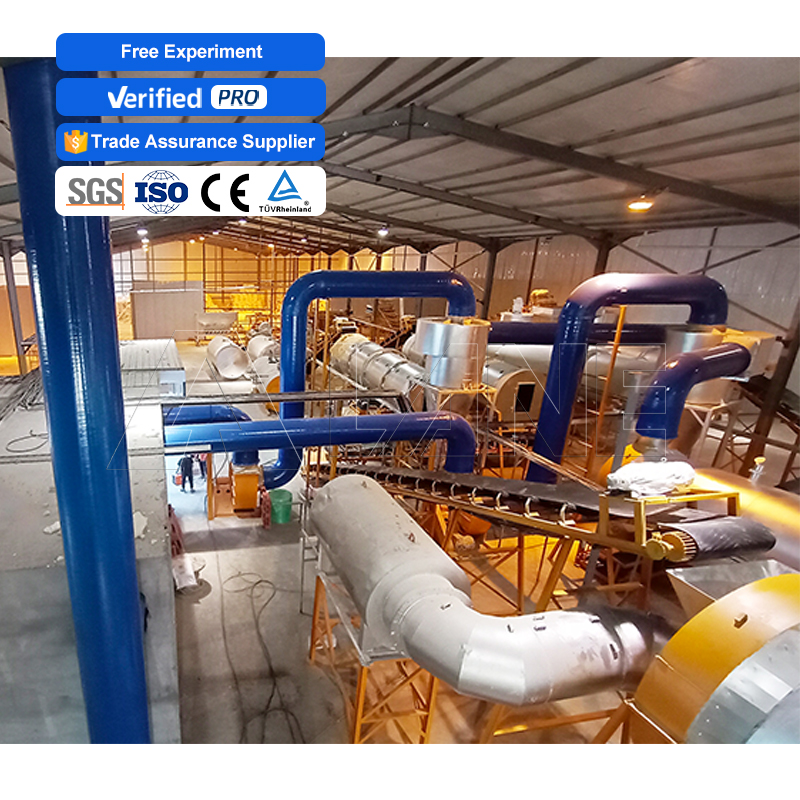
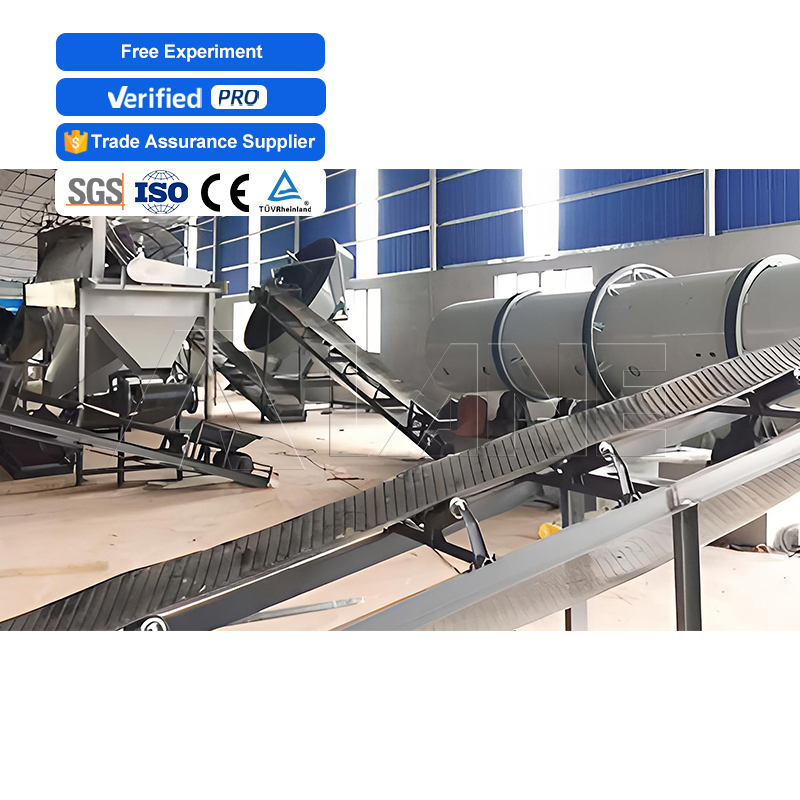
Brand: LANE
Production line advantages:
Urea, ammonium nitrate, ammonium chloride, ammonium sulfur, ammonium phosphate, etc.
Applicable materials:
Material adaptability is wide. It is suitable for the granulation of compound fertilizer, medicine, the chemical industry, feed, and other raw materials.
Warranty: 5 Years
Delivery Time: Within 45 days
Organic and inorganic compound fertilizer production line is used to produce compound fertilizer equipment, which can be applied to the production of various types of compound fertilizers, including: biological fertilizer, inorganic fertilizer, organic fertilizer, magnetic fertilizer and other compound fertilizers. Lane can provide you with professional customized services to meet your various needs.
For more information, please contact us by sending an inquiry today! We can help you!
You can click on the numbers to see detailed pictures!
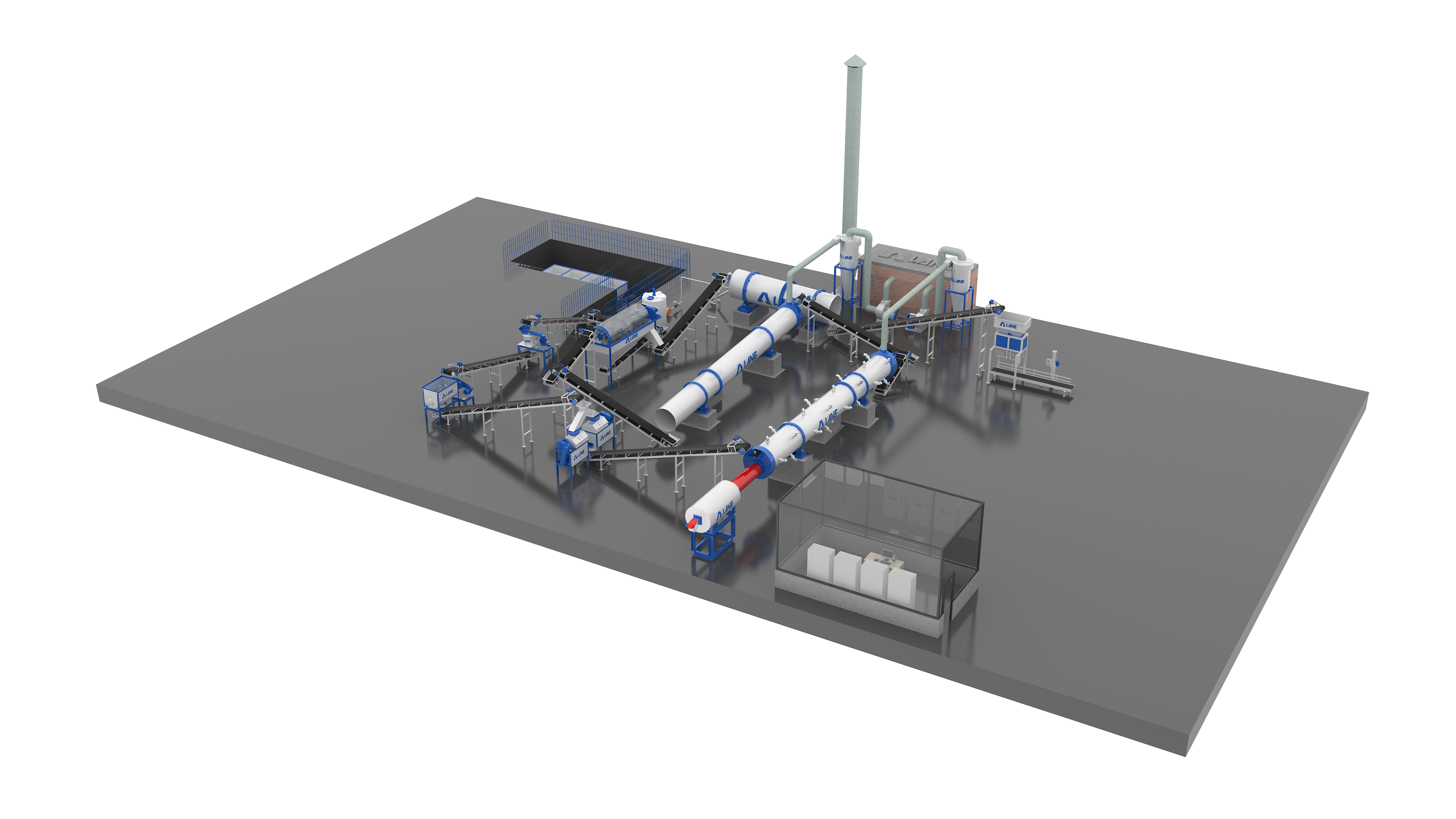
The following are the product parameters used in the Organic and inorganic compound fertilizer production line:
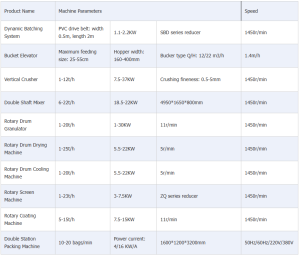
Raw material batching, mixing and stirring, agglomeration and crushing, material granulation, primary screening, particle drying, particle cooling, secondary particle grading, finished particle coating, and finished particle quantitative packaging.
1. Raw material batching: Generally, urea, ammonium nitrate, ammonium chloride, ammonium sulfate, ammonium phosphate (monoammonium phosphate, diammonium phosphate, heavy calcium, general calcium), potassium chloride (potassium sulfate) and other raw materials can be selected in a certain proportion (mainly determined by local market demand and local soil test results);
2. Mixing and stirring: Mix the prepared raw materials evenly to improve the uniform fertilizer content of the fertilizer particles as a whole, and use a horizontal mixer or a disc mixer for mixing and stirring:
3. Agglomeration crushing: Crush the large agglomerates of the mixed and stirred raw materials to facilitate subsequent granulation processing, mainly using a chain crusher
4. Granulation of materials: Send the mixed and crushed materials to the granulator through a belt conveyor for granulation (rotary drum granulator can be used, and roller extrusion granulator, disc granulator, etc. can also be used). This step is an indispensable and most important link in the production process of Organic and inorganic compound fertilizer production line;
5. Screening: Preliminary screening of semi-finished granules, unqualified granules are returned to the mixing and stirring stage for further processing, generally using a drum screening machine;
6. Granule drying: The granules made by the granulator and screened at the first level are sent to the dryer to dry the moisture contained in the granules, increase the granule strength, and facilitate storage. Generally, a rotary dryer is used;
7. Granule cooling: The temperature of the fertilizer granules after drying is too high and it is easy to agglomerate. After cooling, it is convenient to bag and store and transport. A cooler is used for cooling;
8. Secondary screening of granules: The cooled granules are graded, the unqualified granules are crushed and re-granulated, and the qualified products are screened out. The secondary drum screening machine can be used for screening;
9. Finished granule coating: The qualified products are coated and coated to increase the brightness and roundness of the granules and make the appearance more beautiful. Generally, a coating machine is used for coating;
10. Quantitative packaging of finished granules: The coated granules, that is, the finished granules, are sent to the silo for temporary storage through a belt conveyor, and then connected to an electronic quantitative packaging scale, a sewing machine, and other automatic quantitative packaging and sealing bags, and placed in a ventilated place for storage to achieve full automation.
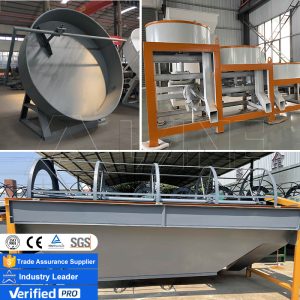
Finished product samples:
